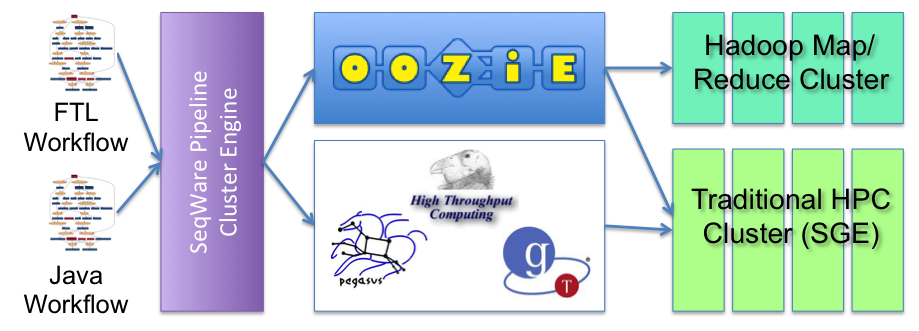Training & placements in, SAS, Validation, Clinical data mgmt

Tech Observer is a fast growing Global CRO and staffing company for our healthcare clients.
We do offer Training and Placement in
Clinical Data Management
Drug Safety
SAS Clinical
Validation
Biostatistician
We consider Master's degree in Chemistry, Pharmaceutical management, Mathematics, statistics, bioinformatics, biotechnology, sciences.
Please do call or email us to get more information.
Tech Observer
375, Main Street, suite # 201,
Hackensack, NJ
Uma
201-489-7705 x 101










